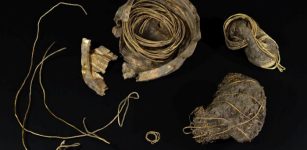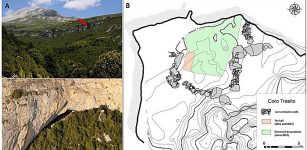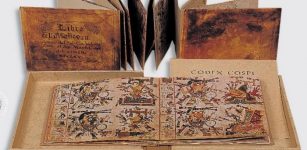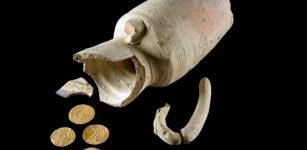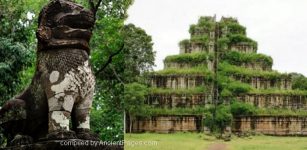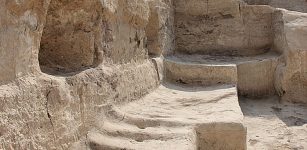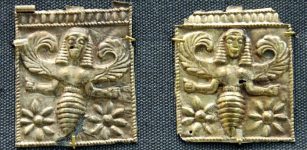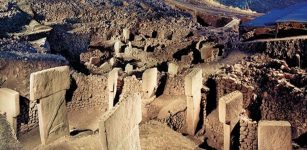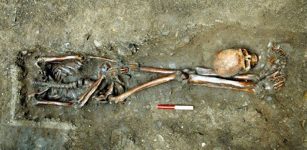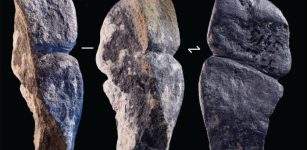Excavations At Oylum Höyük In Southeast Anatolia Near Syrian Border – Resumed
Conny Waters - AncientPages.com - Excavation works started in Kilis at Oylum Höyük (mound), which is located at the zero point on the Syrian border.
Oylum Höyük is the longest-running excavation project in the Southeastern Anatolia Region of Turkey and that the excavations have been going on for more than three decades.
Excavations at Oylum Höyük (mound near the Syrian border. Image source
The place is one of the most important mound settlements,” Professor Dr. Atilla Engin, from the Gaziantep University's Department of Archaeology, Faculty of Letters, who is the head of the excavation team told AA agency.
Findings unearthed as a result of excavation work in recent years shed light on the history of the region with the layers that go back to the Iron Age and Bronze Age, according to Dr. Engin.
"Oylum Höyük is one of the most important mound settlements in both the Southeastern Anatolia region and Turkey. The work carried out here has revealed a monumental palace structure belonging to the first period of the Middle Bronze Age and privy signets and seal impressions and two clay cuneiform tablets dating back to the second period of the Middle Bronze Age and Late Bronze Age."
 Members of the excavation team are seen while working at the site, Kilis, Turkey, July 21, 2020. Image credit: AA
Members of the excavation team are seen while working at the site, Kilis, Turkey, July 21, 2020. Image credit: AA
The diggings have revealed a monumental palace structure belonging to the first period of the Middle Bronze Age and privy signets and seal impressions and two clay cuneiform tablets dating back to the second period of the Middle Bronze Age and Late Bronze Age.
Dr. Engin explained that Oylum Höyük was an important administrative center, and “a major kingdom center at least in the Bronze Ages.”
Engin also said that the discovery of monumental structures such as the palace and epigraphic written documents has begun to place Oylum Höyük in a different and important place in the history of the region in recent years, writes Daily Sabah.
The geographical location of the region - where “the Anatolian plateau ends and the Syrian plains begin” - plays an important role as an inter-regional crossing point.
“We think that Oylum Höyük is the center known as Ulisim/Ullis in 3000 B.C. and mentioned as Kuilzila or Ukulzat in Hittite and Egyptian documents in 2000 BC,” the researcher said.
“This city-kingdom must be a city or capital of the country referred to as Nuhasse in written documents.”
The excavations in Kilis have already revealed both structures and artifacts. For example, in the summer of 2012, "Oylum Höyük yielded its first Hittite cuneiform tablet and thus joined five other Hittite tablet yielding sites in southeastern Anatolia and northern Syria.
Researchers believed that the tablet was probably removed from a nearby Hittite imperial-period monumental building, which seems to have been the Hittites’ administrative center at Oylum, and incorporated into Iron Age debris.
The wording of the text, in its preserved parts, shares traits with Hittite state treaties."
The excavations are organized thanks to cooperation between the Ministry of Culture and Tourism, Gaziantep University, Kilis Governorate, and Kilis Municipality.
Written by Conny Waters - AncientPages.com Staff Writer


